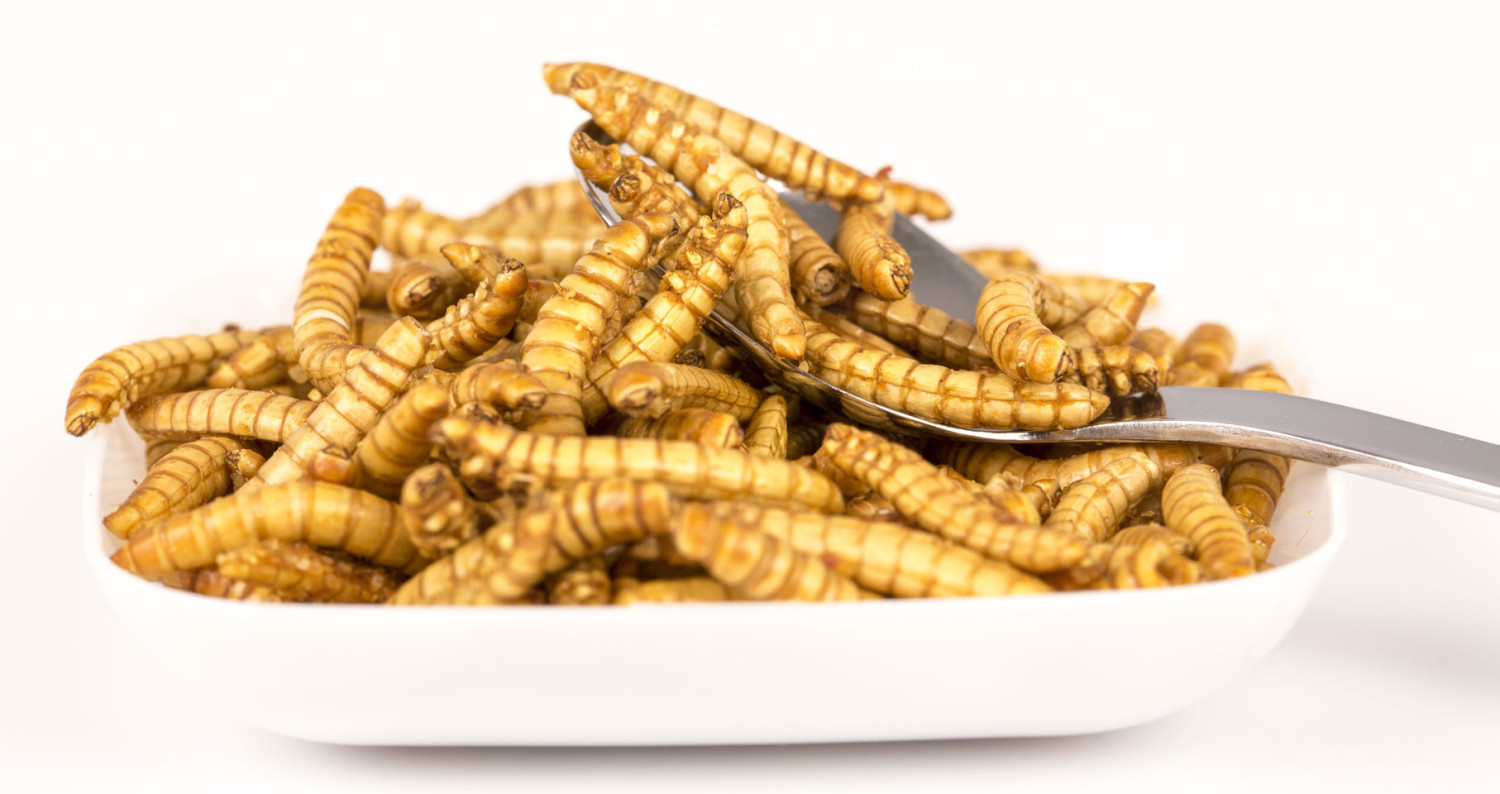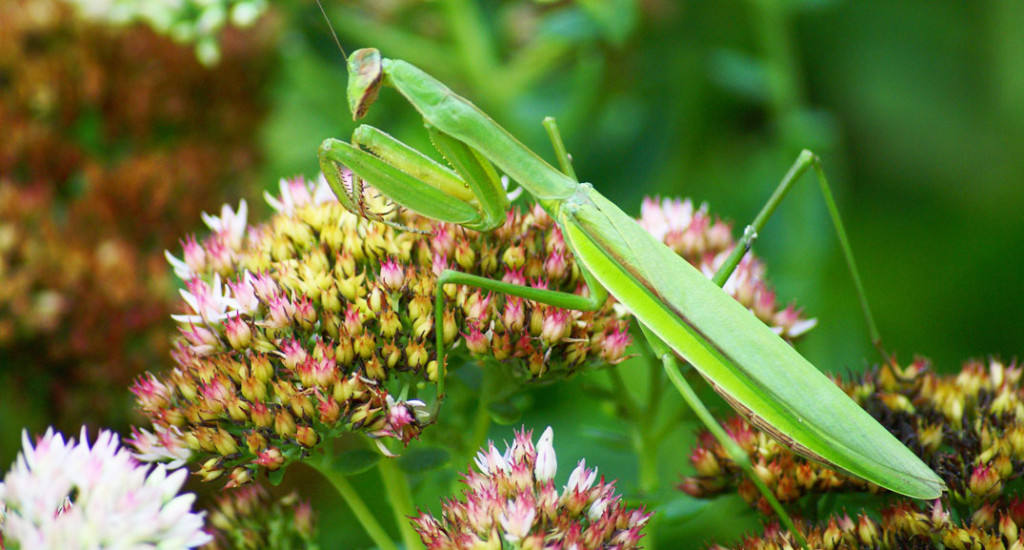
The Ick Factor of Insects on the Menu
As foreign as it may seem to us, insects have a long history of dietary use in many parts of the world outside Canada and the USA. In China and Thailand they have been regularly consuming insects, and studies indicate that one in three people worldwide consume bugs. Recently insects have been introduced to our culinary culture and are considered a niche food trend. Are you ready for meal worms for breakfast or crickets for dinner for you or your pet?
The interest in insect consumption worldwide is fueled by a couple of reasons. First, insects are thought to be an acceptable, economical protein source. And second, insects are considered to be an environmentally sustainable alternative to meat sources of protein in order to address food insecurity with a growing global population.
I’m all about adding more plant based whole foods including seeds, nuts, and pulses to dietary patterns. However, I’ve not ventured into recommending the insects that live on those plants as a protein option for your diet! As more research is completed on the nutrition, safety and sustainability of adding these creatures to our meals, will we be able to get beyond local attitudes and the ick factor of insects on the menu?
Potential Nutrition
It is proposed that crickets may have a higher proportion of essential amino acids than beef (1). Therefore, you don’t have to consume as much to get the required amino acids for the body to build and maintain muscle; and perform other important cellular functions. Preliminary research shows insects including crickets are high in omega-3 polyunsaturated fatty acids (2). Omega-3 fats are known for their anti-inflammatory properties for brain, heart and immune health. Insects are also sources of the micronutrients iron and calcium (1, 2).
Safety Concerns
Are insects safe for us and our pets to consume long-term? This is a question that needs to be answered as we have not had this food as part of our dietary pattern in the past. If they are being fed substrate that contains pathogens, or they are bred in unsanitary conditions this is a cause for food safety concerns. A new food value chain will need to be built up to ensure a safe and reliable mass supply of insects, as well as, verifiable further processing techniques for flours and other ingredients.
Sustainability
It’s estimated by the year 2050 an additional 265 million tonnes of protein will be needed each year to feed the world’s growing population. Insects are considered to be a sustainable source of protein. This sustainable source may become important as the global population reaches nine billion and current protein sources become more costly to produce.

Final Thoughts
Will we be able to get beyond the ick factor of insects on the menu? North Americans will need to move past the local attitudes that bugs are repulsive if the idea of consuming insects as a regular part of our diet goes mainstream in the near future. In the meantime, this praying mantis has minimal competition from us for the local, free-range cricket population!
References
1) Scott-Thomas C. Insect protein ‘similar to conventional meat’. 2013 [cited 2016 Jul 29]. Available from: http://www.foodnavigator.com/Science/Insect-protein-similar-to-conventional-meat
2) Watson E. Entomo farms fides the edible insects wave: ‘things really explode for us in 2015’. 2016 [cited 2016 Jul 29] Available from: http://www.foodnavigator-usa.com/Suppliers2/Entomo-Farms-rides-the-edible-insects-wave
Copyright © 2016 Jane Dummer | All Rights Reserved
